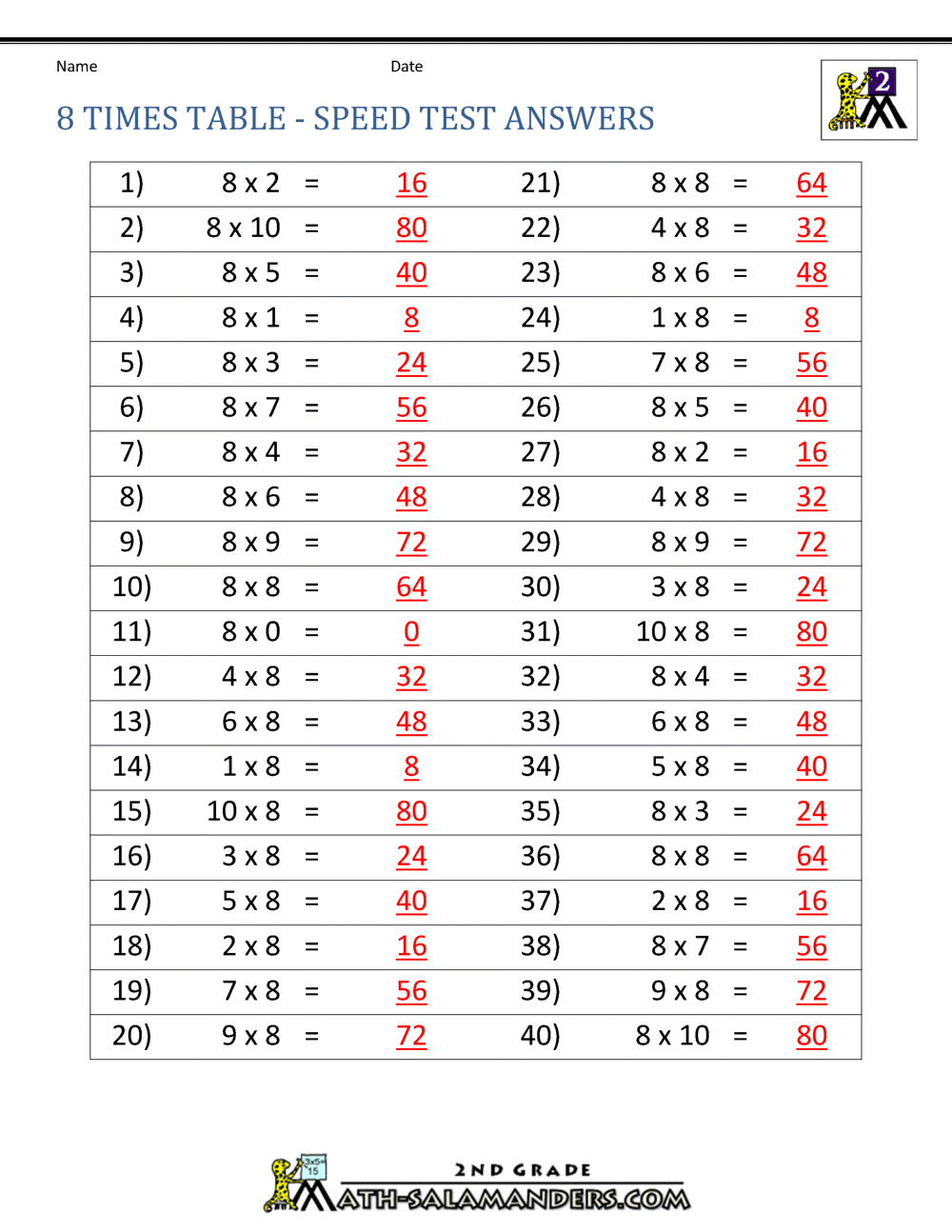

When they come to the 3, 6 and 9 times tables, children may see that the digits of each answer add together to make 3, 6 or 9, or a multiple of those numbers.

Likewise, the answers for the 8 times table are the answers to the 4 times table doubled. Show children that the answers for the 4 times table are the answers to the 2 times table doubled: for example, 3 × 4 = 3 × 2 × 2. Any number multiplied by an even number will be even. For example, in the 10 times table all the answers end in 0 and in the 5 times table all the answers end in 5 or 0. This is a valuable process regardless of your child’s age.Įncourage children to look for patterns to help remember times tables. Physically grouping and sharing the objects creates a solid foundation for understanding the meaning of multiplication and division facts.

Spend as much time with the manipulatives as possible. Using dried beans, buttons, pegs, dried pasta or something similar, show how times tables are made of groups, 1 group of 4 (1 x 4), 2 groups of 4 (2 x 4), 3 groups of 4 (3 x 4), etc. They will also find that a pattern will appear.

This will help them to start memorising the answers in the 4x table. For example, if your child is learning the 4x table, get them to count in 4s, colouring each number as they go. This means that mastery of these multiplication sums is not only important now, but also in future.Strategies For Learning Multiplication TablesĬount on in ‘jumps’ to add equal groups. Learning the times tables is a basic numeracy skill and part of your maths education that you will regularly come across when doing calculations in upper years. This is a handy way of quickly viewing of all the tables. What may also be interesting is the times tables grid. Copy the tables and say them out loud so you can remember them better. You can practise on your own or with your parents. This web page is aimed at primary school children. The tables have been arranged here in sequence so that primary school pupils can look up the answers or learn them more easily. On this page there is a list of the tables from one to twelve, with answers.


 0 kommentar(er)
0 kommentar(er)
